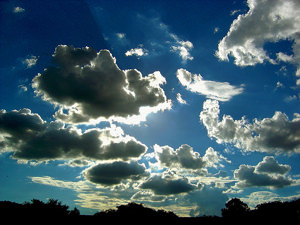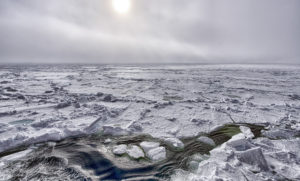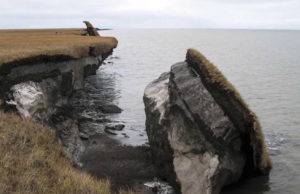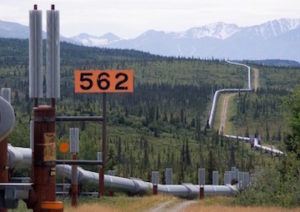Scientists Paint a Grim Picture of Earth’s Condition
A group of scientists is warning that the Earth -- beset by environmental destruction, climate change and unbridled population growth -- is heading for a tipping point that, once passed, will unleash a catastrophic breakdown in the planet’s biosphere that will bode ill for all creatures -- including man -- that call it home.
A group of scientists is warning that the Earth — beset by environmental destruction, climate change and unbridled population growth — is heading for a tipping point that, once passed, will unleash a catastrophic breakdown in the planet’s biosphere that will bode ill for all creatures — including man — that call it home.
Even these experts, reporting in the journal Nature, can’t say exactly what stands on the other side of that threshold, but planetary history can provide clues. Over half of the large-bodied mammalian species disappeared during the end of Earth’s last glacial period. Such an enormous loss of essential players in the biosphere would interrupt the ecological systems that support life on Earth and likely render large swaths of the planet uninhabitable.
Can a tipping point be avoided? Not without a global effort to reduce population, slash the use of fossil fuels, and restore the Earth’s forests and oceans. But with the human population now expected to top 9 billion midway through this century and the resulting pressure on already dwindling resources, well, do the math.
LiveScience:
Barnosky and his colleagues reviewed research on climate change, ecology and Earth’s tipping points that break the camel’s back, so to speak. At certain thresholds, putting more pressure on the environment leads to a point of no return, Barnosky said. Suddenly, the planet responds in unpredictable ways, triggering major global transitions.
The most recent example of one of these transitions is the end of the last glacial period. Within not much more than 3,000 years, the Earth went from being 30 percent covered in ice to its present, nearly ice-free condition. Most extinctions and ecological changes (goodbye, woolly mammoths) occurred in just 1,600 years. Earth’s biodiversity still has not recovered to what it was.
Today, Barnosky said, humans are causing changes even faster than the natural ones that pushed back the glaciers — and the changes are bigger. Driven by a 35 percent increase in atmospheric carbon dioxide since the start of the Industrial Revolution, global temperatures are rising faster than they did back then, Barnosky said. Likewise, humans have completely transformed 43 percent of Earth’s land surface for cities and agriculture, compared with the 30 percent land surface transition that occurred at the end of the last glacial period. Meanwhile, the human population has exploded, putting ever more pressure on existing resources.
— Posted by Alexander Reed Kelly
Your support matters…Independent journalism is under threat and overshadowed by heavily funded mainstream media.
You can help level the playing field. Become a member.
Your tax-deductible contribution keeps us digging beneath the headlines to give you thought-provoking, investigative reporting and analysis that unearths what's really happening- without compromise.
Give today to support our courageous, independent journalists.






You need to be a supporter to comment.
There are currently no responses to this article.
Be the first to respond.